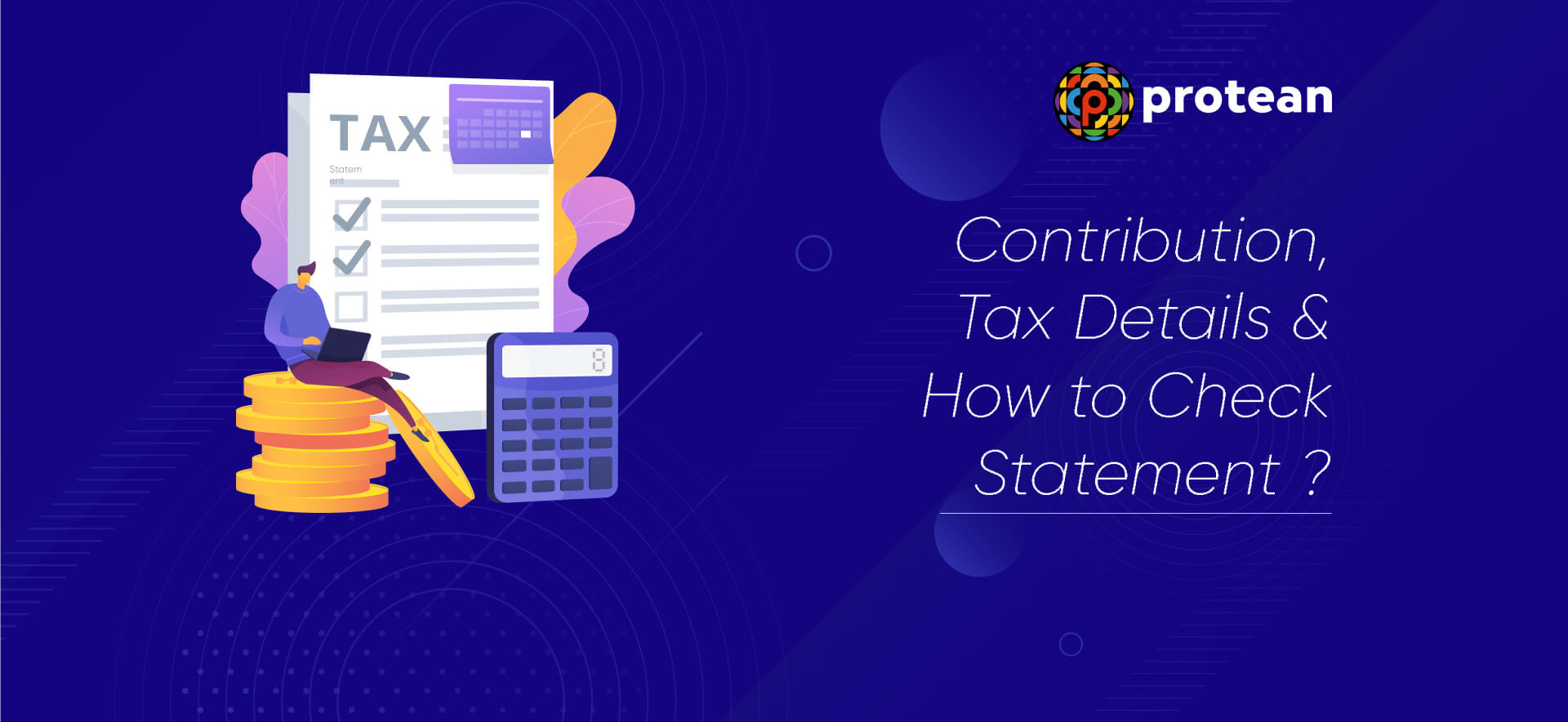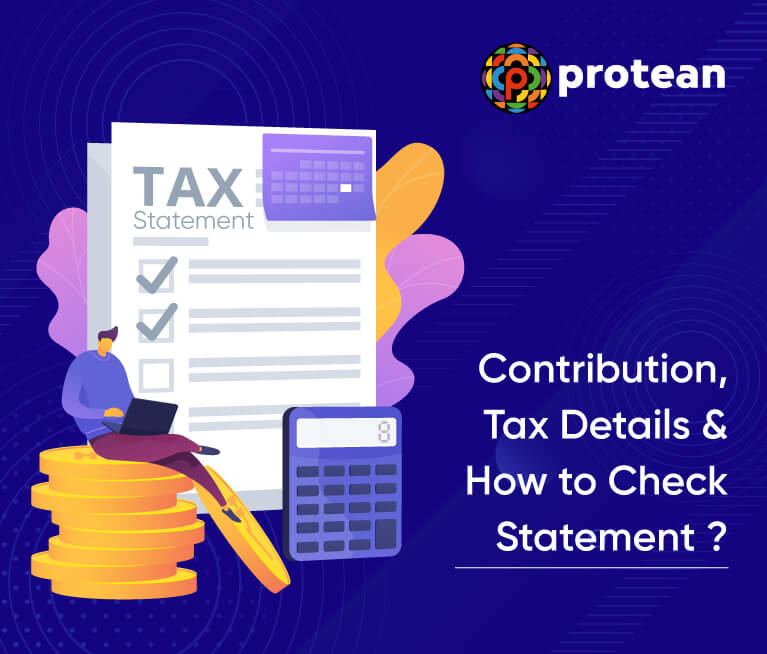When it comes to retirement planning, individuals generally choose options which can provide them with stable long-term returns. However, popular schemes in the market like, mutual funds, equity, bonds, etc., are prone to fluctuations. This can be extremely risky for a person who is risk-averse and desires to redeem his/her investment in order to cater to post-retirement expenses.
This calls for a safe investment option which can help them create a retirement fund with minimum risk. In this regard, the National Pension Scheme (NPS) can be an excellent choice. Keep reading this article to learn more.
What is the National Pension Scheme?
The National Pension Scheme is a social security initiative that aims to provide post-retirement income to individuals. Essentially, it is a long-term investment plan which enables individuals to contribute while they are employed and receive annuity once they reach the age of 60.
This scheme was launched by the Central Government on 1st January 2004. It aimed to create the habit of savings among all citizens and helped them create a retirement fund. The Pension Fund Regulatory and Development Authority (PFRDA) oversees this scheme and updates its rules and regulations as and when necessary.
Initially, only Central Government employees were eligible to apply for NPS. However, in 2009, it was made available to all employees of the public, private and unorganised sectors, except for those working in the armed forces.
Now, if you wish to apply for an NPS account, there are two types of accounts to choose from:
NPS Tier 1 Account
The NPS Tier 1 account is for those who aim to build a retirement fund. It is applicable for individuals aged between 18 to 70 years and has a lock-in period till the age of 60. If an individual enrolls in NPS beyond the age of 60, they must maintain the investment for a minimum period of 3 years.
Post maturity, applicants can withdraw up to 60% of their investment as a lump sum. They must utilise the remaining amount to purchase annuity plans, which will provide them with a monthly fixed pension. Additionally, they can defer the lump sum payment till the age of 75 to accumulate higher interest.
While opening an NPS Tier 1 account, applicants need to deposit at least ₹500 to receive their Permanent Retirement Account Number (PRAN). Furthermore, to sustain the scheme, they must maintain a minimum yearly contribution of ₹1000.
There is no maximum threshold for investing in an NPS Tier 1 account. However, account holders must deposit at least ₹500 every time they contribute.
NPS Tier 2 Account
An NPS Tier 2 account serves the dual purpose of a voluntary retirement account and a savings account. It is only available to NPS Tier 1 account holders, giving them the benefit of making withdrawals and contributions at their convenience.
Applicants need to deposit at least ₹1,000 while opening an NPS Tier 2 account. Additionally, there is no annual maintenance amount, maximum threshold or lock-in period. The minimum amount per contribution is ₹250.
How to Make Contributions to Your NPS Account?
You can easily make NPS contributions online for Tier 1 and 2 accounts by visiting the eNPS website.
Step 1: Enter your PRAN and DOB to get an OTP on your registered mobile number.
Step 2: Once redirected, complete the payment via debit card/credit card/net banking.
Additionally, you can download the NPS by Protean mobile app for the same.
Apart from this, you can visit the Central Record Keeping Agency (CRA) portals in order to make NPS contributions online. To do so, you can create an account with a CRA of your choice, get your PRAN details and password and start making deposits in your account.
To make your NPS contributions offline, you have the following options:
POP-SP
You can deposit your NPS contribution amount, along with the NPS Contribution Instruction Slip (NCIS), at your nearest Points of Presence Service Provider (POP-SP). Visit the Protean website, scroll down to “Important Links,” and click on “Find your nearest POP-SP” to locate the same.
Nodal Office
You can also make offline NPS contributions by visiting your nearest nodal office. Simply submit the required forms and documents to the officials. They will prepare your voluntary contribution file, validate all the details and upload them to the Protean CRA portal.
Tax Benefits of NPS Account
A big reason why most individuals contribute to the National Pension Scheme is because of its tax benefits. Following are the tax deductions applicable as per the account type:
Tier 1
Tier 1 account holders can opt for a deduction of Rs 1.5 lakh within a financial year under Section 80C of the Income Tax Act. They can also apply for an additional deduction of ₹50,000 as per Section 80CCD(1B). This takes their total tax savings under the NPS scheme to ₹2 lakh.
Tier 2
Now, private sector employees holding an NPS tier 2 will not get any tax benefits. However, after the 2019 Union Budget, the rules have changed for central government employees. They can claim a maximum deduction of ₹1.5 lakh within a financial year under Section 80C. But, a 3-year lock-in period is applicable in this case.
How to Download the Transaction Statement of NPS Account?
As per the latest PFRDA guidelines on 14th 2023, NPS account holders can download their transaction statements to DigiLocker. It is a state-of-the-art platform providing a private cloud-based digital space for users to access certificates, personal documents and data, all under one app.
NPS subscribers will now be able safely store their transaction statements on DigiLocker and access them whenever need be. Here are the steps which they can follow:
Step 1: Sign up on DigiLocker using your mobile number and Aadhaar.
Step 2: Enter the OTP sent to the registered mobile number and set the security PIN.
Once the authentication process is complete, the subscriber’s account will be created.
Step 3: Search for “PFRDA” and choose the respective CRA.
Step 4: Enter the 12-digit PRAN.
Step 5: Give consent to DigiLocker to share subscriber details with the CRA so that it can fetch the Statement of Accounts.Subscribers can then download their e-PRAN and account statements and check the status of their corpus.
You can also download the annual transaction statements for your NPS Tier 1 account via the Protean CRA website. The steps are as follows:
Step 1: Log in to your NPS account.
Step 2: Under ‘Investment Summary’, select ‘Transaction Statement’.
Step 3: Choose the financial year for which you wish to download the account statement.
Step 4: Click ‘Generate Statement’.
Step 5: Tap on the Excel icon to download the report in CSV format.
Additionally, you can get your NPS account transaction statement on your registered e-mail id. Here is how you can activate this facility:
Step 1: Visit the Protean CRA website and log in to your NPS account by using your User ID and password.
Step 2: Under the ‘Demographic Changes’ tab, click on ‘Update Personal Details’.
Step 3: Once the screen loads, select the ‘Opt for an Email Annual Transaction Statement’ option.
Step 4: Click on the designated box to confirm your e-mail ID.
Step 5: Click on Submit.
You will now receive your yearly NPS account statements on your e-mail.
How to Withdraw from Your NPS Account?
Now, before withdrawing funds from your NPS account, there are certain rules which you must know. They determine the withdrawal limits based on your age, corpus and several other factors.
You can withdraw from NPS in the following ways:
Retirement
You already know that NPS subscribers can withdraw 60% of their maturity corpus while the remaining 40% goes to purchasing annuities. However, if the total amount is less than or equal to ₹5 lakh, they can withdraw the entire sum without buying an annuity plan.
The lump sum amount is exempt from taxation. However, the income from the annuity is taxable as per your applicable income tax slab.
Voluntary Retirement
In case you take voluntary retirement before the age of 60, you can voluntarily opt out of the NPS scheme. However, you need to be an account holder for at least 10 years. Now, if the maturity amount is less than or equal to ₹2.5 lakh, you can withdraw the entire corpus.
Otherwise, a maximum withdrawal of 20% is permissible, while the remaining 80% has to be dedicated to buying annuity plans.
Partial Withdrawal
Under certain circumstances, you can also opt for a partial withdrawal. To avail this facility, you need to be an NPS account holder for at least 3 years. Moreover, your withdrawal amount cannot exceed 25% of your investment, and you can opt for this benefit only up to 3 times in the entire scheme tenure.
The conditions under which you can apply for a partial withdrawal are:
1. Marriage or higher education of children.
2. Purchasing property under your name or jointly with your spouse. (Not applicable if individuals already have a house/flat in their name.)
3. Life-threatening accidents.;
4. Severe medical conditions like kidney failure, organ transplant, multiple sclerosis, cancer and other illnesses, as updated by PFRDA.;
Note – Upon the subscriber’s death during the scheme period, the entire maturity corpus will be payable to his/her nominee/legal heir.
Now, let us discuss the withdrawal process. You can withdraw from your National Pension Scheme Tier 1 account through both online and offline methods:
Online; To withdraw from your NPS Tier 1 account online, follow the steps given below:
Step 1: Visit the Protean CRA website and sign in to your NPS account.
Step 2: Navigate to the ‘Transact Online tab’ and select the ‘Withdrawal’ option.
Step 3: Choose the type of withdrawal you want to make – “at superannuation, partial or premature withdrawal”.
Step 4: Confirm your PRAN details, and the system will provide you with the NPS withdrawal form.
Step 5: Fill up the form, attach all the necessary KYC documents and submit it to your nearest Nodal Office.
Offline The offline NPS withdrawal procedure is quite similar to the online one. Subscribers need to download the relevant forms from the Protean CRA website or get them at their nearest nodal office, attach the required documents and submit them to the nearest PoP-SP/nodal office.
In case of NPS Tier 2 accounts, NPS withdrawal requests can be made online via the Protean CRA portal.
For offline NPS withdrawals, you can fill up the UOS-S12 form at your nearest PoP-SP or nodal office. Payment is usually initiated within 3 days.
Final Word
Apart from securing your post-retirement life, the National Pension Scheme is an excellent investment avenue to avail tax benefits. Additionally, if you work in the private sector, some employers have provisions for making contributions to their employees' NPS Tier 1 accounts. What’s more, you can add that amount as a deduction while filing your income tax returns. Thus, it is an added reason to consider opening an NPS account.
FAQs
How to apply for the NPS scheme?
Ans. You can apply for the NPS scheme by visiting the eNPS official website, selecting ‘Registration’, then ‘New Registration’ and choosing the appropriate options. Hereafter, you need to complete your KYC by providing your Aadhaar and registered mobile number. Then, enter the OTP and complete your payment to activate the scheme.
Can NRIs apply for the NPS scheme?
Ans. Yes, NRIs are eligible to apply for the Tier-1 National Pension Scheme as long as they comply with the existing KYC rules. Additionally, they can make contributions from NRE accounts or NRO accounts.
What are the documents required to open an NPS account?
Ans. To open an NPS account, you will need to submit the filled-in subscriber registration form, along with your Know Your Customer (KYC) documents like PAN card, Aadhaar card, address proof, etc.
Can I add nominees to my NPS account?
Ans. Yes, you can add up to 3 nominees in an NPS account. You can also specify the percentage of savings that you wish to allocate to each individual. Additionally, in case you forget to add a nominee while opening your account, you can add their names after you receive your PRAN.
Can I withdraw the NPS lump sum maturity amount in a phased manner?
Ans. Yes, you can withdraw the NPS lump sum maturity amount in a phased manner. However, it can only be a maximum of 10 instalments. You can do it from the ages of 60 to 75 after investing in annuity plans.


